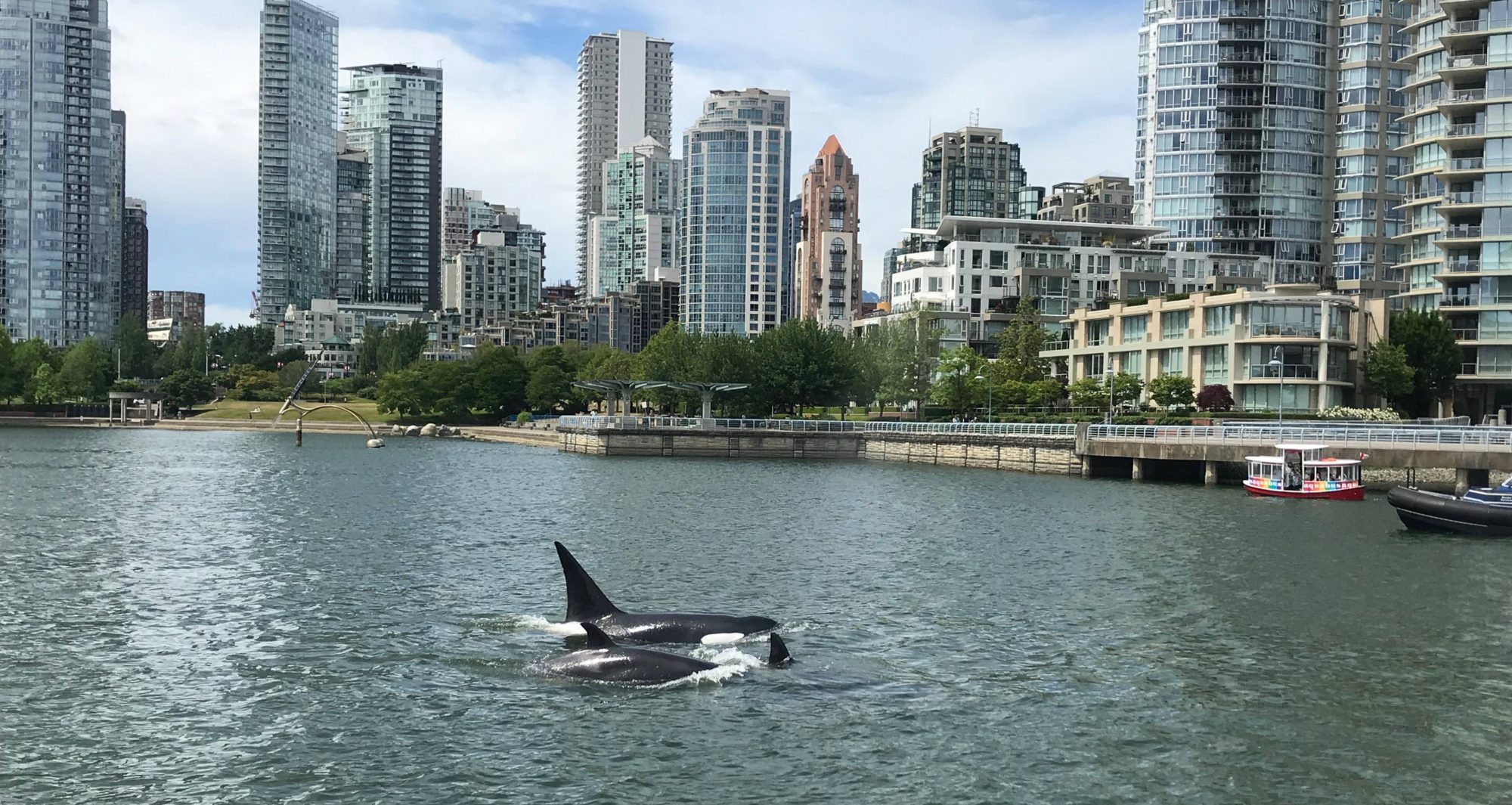Sisters, Brothers:
This year, the heatwaves have come much earlier in some areas of the country. This is certainly welcomed with great optimism following the dark period we went through last winter with the virus and its more contagious variants. But while much of our attention is focused on COVID-19, we still have to face various other challenging conditions, including heatwaves looming on the horizon.
For the second summer in a row, we will have to deal with the heat while also wearing personal protective equipment (PPE) to counter the virus, at least as long as the Public Health Agency of Canada requires it.
Take the necessary precautions with the heat and the virus, and encourage your coworkers to do the same.
TAKE PRECAUTIONS
- Slow down. Your body will not perform at its best in high temperatures.
- Take all the breaks provided for in the collective agreement, if possible away from the heat. Pushing straight through is not the answer.
- Drink plenty of water to avoid dehydration. Stay away from coffee and energy drinks, as they have a tendency to dehydrate the body.
- Use sunscreen. Carry it with you and re-apply every 20-30 minutes. Sunburn restricts the body’s cooling system.
- Wear a hat, and loose, lightweight clothing.
- Make sure you have your PPE with you to protect yourself and others from COVID-19 (mask, hand sanitizer, gloves if needed, etc.)
- Wash or disinfect your hands frequently.
- Maintain salt levels in your body. If you are on a salt-free diet, check with your doctor. Avoid high-protein foods, such as meat and legumes, as they can increase your body’s water loss and heat production.
PROLONGED EXPOSURE TO HEAT MAY CAUSE THE FOLLOWING
SYMPTOMS:
Heat cramps
Usual symptoms: muscle spasms, heavy sweating, extreme thirst, nausea, cold and clammy skin.
Treatment: Move victim to cool, shaded area to rest, and apply firm pressure to cramping muscles. If cramps persist, give victim two glasses of salty water every 10 to 15 minutes. (Mix 5 mg of salt to 1 litre of water).
Heat exhaustion
Usual symptoms: sweating, weakness, cold and clammy skin, low blood pressure, disorientation, vomiting.
Treatment: Move victim to cool area to rest; give salty water and cover person if shivering. Seek medical help immediately.
TAKE CARE AND REPORT INCIDENTS
There are no federal regulations on exposure to heat. If you attempt your work and find it to be unsafe,you can exercise your right to refuse unsafe work. How? Inform your supervisor and your shop steward that you wish to exercise your right of refusal, pursuant to clause 33.13 of the collective agreement for
members of the urban unit. RSMCs and members of private sector units can exercise their right of refusal according to the appropriate measures included in Part II of the Canada Labour Code.
Report every incident or discomfort due to exposure to heat. An investigation must be conducted by the supervisor in the presence of a union representative. As always, if you experience symptoms similar to those of COVID-19, report it right away to management and a Union representative, and immediately contact Public Health authorities to get tested for COVID 19.
In Solidarity,
Marc Roussel
National Union Representative
Health and Safety.
